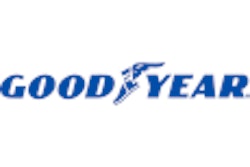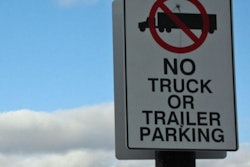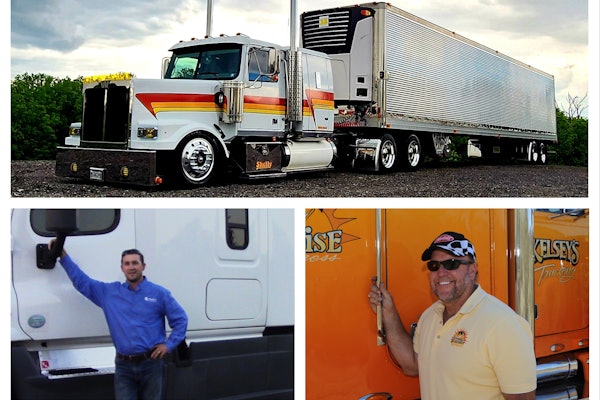The All-American Soap Box Derby began informally in Dayton, Ohio, in 1933. It moved to Akron, Ohio, still its home, in 1935, and the huge excitement of that event is captured here as a crowd of 50,000 gathered.
You drive for a living, and you drive at sensible speeds. NASCAR drivers race for prize money and glory and alternate between full throttle and strategic maneuvering. Nine-to-fivers drive crazy to get to work on time and crazier to get home. But if you want to see someone drive just for the pure joy it, and drive as fast as their vehicle can possibly go, all the time, take a step back to your childhood and remember the simple joys of being a kid who loves to go fast.
Downhill, unpowered rocket rides, also called soap box derbies, are a truly American sport that still thrills kids after almost 75 years, and you can be a spectator at races around country all year long.
Leading up to the championship small local affairs with the crowd full of parents, grandparents, siblings and best friends make for a comfortable family atmosphere occasionally electrified with youngsters racing as fast as they can.
The sport is overseen by All-American Soap Box Derby, a non-profit corporation. It’s been called “The Greatest Amateur Racing Event in the World” or “The Gravity Grand Prix,” but to most of the more than a million youngsters who’ve participated, it’s just the soap box derby.

More than a million youngsters have taken part in these downhill freewheeling races since they began in 1933 after a Dayton, Ohio, Daily News photographer ran across three boys racing homemade, engineless cars down a steep suburban brick street. Myron E. “Scottie” Scott was known at the News as a creative thinker, and he told the boys to come back to the same hill with their friends a week later, and they could compete for a cup. A week later 19 boys turned up to race.
Scott saw bigger things, and he cajoled $200 out of his boss to promote the “soap box derby” (later, Scott would cleverly trademark the name). This time 362 kids showed up with homemade cars built of orange crates, sheet tin, wagon and baby-buggy wheels and assorted “junk.” Curiously, there is no record of a vehicle built from a soap box. Local police and the Daily News estimated there were an incredible 40,000 spectators.
Now Scott saw a national race and made the dream a reality with sponsorship from Chevrolet, which remained the event’s prime sponsor until 1972, and tire giants Firestone, Goodyear, Goodrich and General. Winners from 34 cities came to Dayton in 1934 and raced a 3/8-mile course, with an 11-year-old boy from Indiana winning the $500 first prize by 1.4 seconds. In 1935 the show moved to Akron to take advantage of the city’s more hilly terrain. That year 52 cities sent winners to race for the national trophy. In 1936 there were 117 cities represented and the first foreign entry, from South Africa. A crowd of 50,000 watched the race at the new permanent location, Akron, Ohio’s Derby Downs.
Two great soap box derby fans, American aviation pioneer General Jimmy Doolittle and actor Jimmy Stewart, were guests of the championship races in 1947. Stewart skipped out on a performance of the Broadway show Harvey – forcing the theater to give ticket refunds – because he didn’t want to miss the derby. Both guests enjoyed the race so much they returned in 1948. In 1949 Stewart postponed his honeymoon with bride Gloria McLean, instead bringing her along to Akron for the long weekend. When he introduced his wife to the 50,000 fans at the track, the couple was greeted with thunderous applause. He would be back several more times.
The first promotional Oil Can Trophy Race, in which celebrities race down the hill in specially-built oversized cars, was held in 1950. Indy 500 winner Wilbur Shaw, a flagman at Derby Downs races for years, came out second best to Jack Dempsey, the former great heavyweight boxer. Jimmy Stewart took a leisurely third place. Likewise, the 1951 Oil Can Trophy Race was all show business. President Ronald Reagan, then just actor Ronald Reagan, came in second to ventriloquist Paul Winchell and his dummy Jerry Mahoney, but ahead of 325-pound character actor Andy Devine. In 1959 vice president Richard Nixon was in the middle of the track flagging the first heat when two of the three racecars crashed.
These days, the first half of the year sees mostly races with drivers trying to get themselves to Akron for the championship in July. In the second half of the year, “rally” races take place all over the country, even racing indoors to keep going through the winter. You can find race schedules on the All-American Soap Box Derby organization’s website, www.aasbd.com/mar.htm.
The racing cars used to be one-of-a-kind contraptions put together entirely by the youngsters who raced (with the inevitable help from Dad). Today they’re all kits (which takes away the advantage of the millionaire dad), and racers must buy the kits and parts through the All-American Soap Box Derby. There are three divisions: a Stock Division is for 8-13-year-old racers, a Super-Stock Division for 10-17-year-olds and a Masters Division for 10-17-year-olds.










